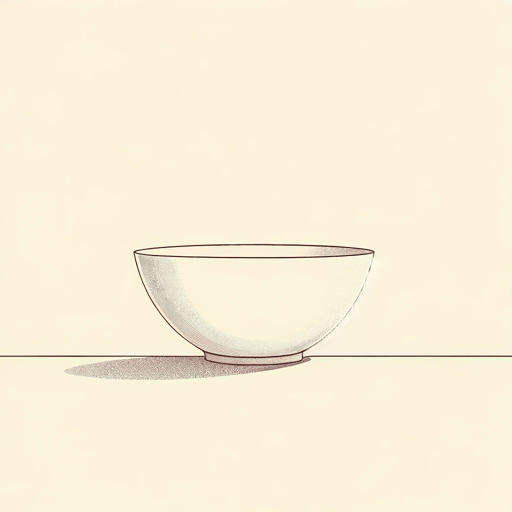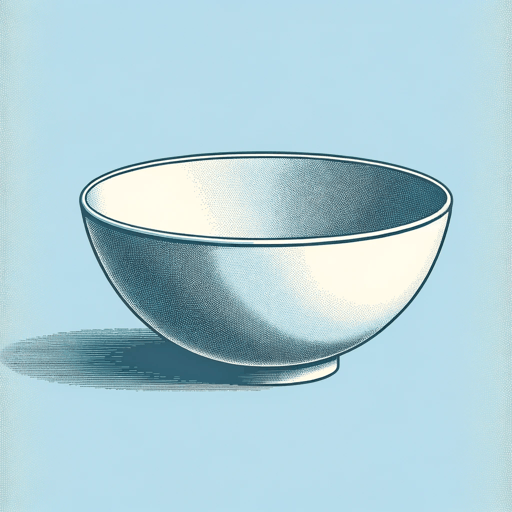24 pages • 48 minutes read
Jane KenyonHaving It Out with Melancholy
Fiction | Poem | Adult | Published in 1992A modern alternative to SparkNotes and CliffsNotes, SuperSummary offers high-quality Study Guides with detailed chapter summaries and analysis of major themes, characters, and more.
Literary Devices
Epigraph
Kenyon begins “Having It Out with Melancholy” with a quote from the play The Cherry Orchard by 19th- and 20th-century Russian writer Anton Chekov. Kenyon uses the lines as an epigraph (a quote or piece of information preceding an original written work). The epigraph clues the reader in on the work’s themes, motifs, and messages.
The epigraph establishes that the poem deals with a chronic illness that people do not always know how to handle. It also foreshadows (details hinting at future events or ideas that happen later) Kenyon listing medication in the second section. Kenyon’s pessimism about the lack of a cure foreshadows her concerns about predetermination and free will.
Personification
Personification happens when an author grants a non-human being, object, or force human personalities and intentions. Kenyon structures “Having It Out with Melancholy” around her depression personified. Kenyon makes this apparent in the first three lines:
When I was born, you waited
behind a pile of linen in the nursey,
and when we were alone, you lay down (Lines 1-3).
These lines present depression as a strategic, patient entity that wants to interact with Kenyon. For the rest of the poem, depression remains invested in Kenyon, going as far as considering her as one of its “dear / ones” (Lines 48-49).
Related Titles
By Jane Kenyon
Featured Collections
Guilt
View Collection
Health & Medicine
View Collection
Memory
View Collection
Mental Illness
View Collection
National Suicide Prevention Month
View Collection
Order & Chaos
View Collection
Poetry: Perseverance
View Collection
Short Poems
View Collection
Valentine's Day Reads: The Theme of Love
View Collection




